文章分类
归档
2024 (1)

正文
In the contemporary automotive landscape, pure electric vehicles (EVs) have emerged as a significant and innovative alternative to traditional internal – combustion – engine vehicles. These vehicles, which operate solely on battery – stored energy to propel themselves, possess a multitude of unique advantages that set them apart.
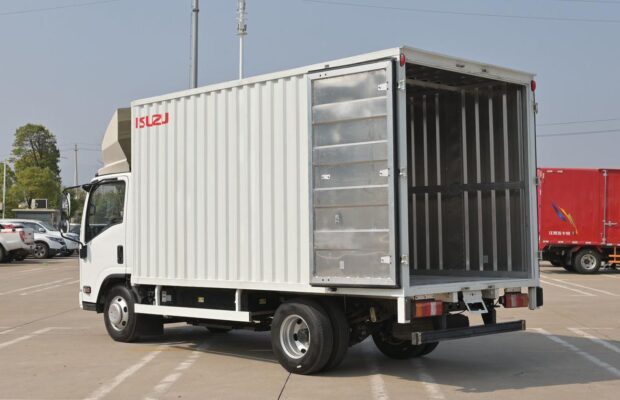
What advantages do pure electric vehicles have over traditional vehicles?
1. Environmental Protection and Energy Conservation
Pure electric vehicles represent a major step forward in environmental friendliness and energy efficiency. Their reliance on electrical energy as the primary power source is a key factor in their environmental superiority. Since they produce no exhaust emissions during operation, they do not release harmful pollutants such as carbon monoxide, nitrogen oxides, particulate matter, and sulfur dioxide into the atmosphere. These pollutants are major contributors to air pollution, which has a detrimental impact on human health, causing respiratory problems, heart diseases, and other ailments. Additionally, pure electric vehicles do not emit greenhouse gases like carbon dioxide, which play a significant role in global warming.
The energy conversion process in electric vehicles is also more efficient compared to internal – combustion engines. In a traditional vehicle, the combustion of fuel involves multiple energy – loss steps. First, the chemical energy in the fuel is converted into heat energy during combustion. However, a large portion of this heat is lost as waste heat to the environment through the engine’s cooling system and exhaust. Only a fraction of the initial energy is then converted into mechanical energy to drive the vehicle. In contrast, electric motors in EVs can convert electrical energy into mechanical energy with a much higher efficiency. This higher efficiency not only reduces the overall energy consumption but also makes better use of the energy sources, contributing to the conservation of energy resources.
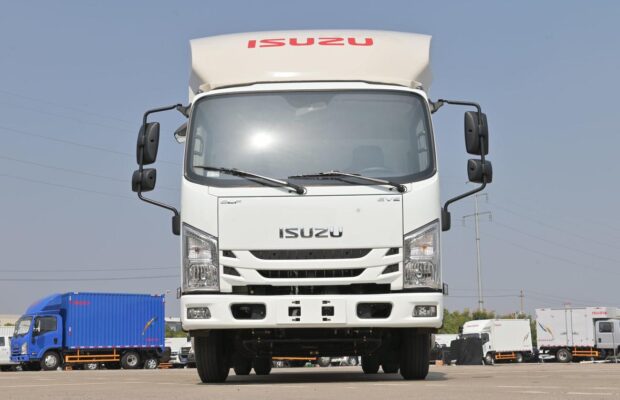
2. Quietness
The electric drive system of pure electric vehicles is inherently quieter than the internal – combustion engines of traditional vehicles. When an internal – combustion engine operates, it generates a significant amount of noise due to various factors such as the explosion of the fuel – air mixture in the cylinders, the movement of pistons, and the rotation of mechanical components. This noise can be a nuisance, especially in urban areas where noise pollution is already a significant problem.
In contrast, the electric motors in pure electric vehicles operate with minimal noise. The main sources of noise in an electric vehicle are usually the tires on the road and the wind resistance at high speeds. The quiet operation of electric vehicles enhances the comfort of passengers inside the vehicle. It provides a more serene driving environment, allowing for easier conversation and a more relaxing journey. Moreover, on a larger scale, the reduction in vehicle – generated noise contributes to the reduction of urban road noise pollution, making the living environment in cities more pleasant.

3. Lower Operating Costs
One of the most appealing aspects of pure electric vehicles is their lower operating costs. The energy cost for electric vehicles is generally lower compared to traditional vehicles, especially when the price of petroleum is high. Electricity is often a more cost – effective energy source. For example, in many regions, the cost per kilometer of driving an electric vehicle is significantly less than that of a gasoline – or diesel – powered vehicle. This cost – saving advantage becomes even more pronounced over time, especially for high – mileage users.
In addition to energy costs, the maintenance cost of pure electric vehicles is also lower. Traditional vehicles require regular replacement of various parts such as engine oil, oil filters, spark plugs, and timing belts. These parts are subject to wear and tear due to the complex and harsh operating conditions of internal – combustion engines. In contrast, electric vehicles have fewer moving parts in their powertrain. Since there is no internal – combustion engine, there is no need to replace engine – related parts, reducing routine maintenance expenses. Additionally, electric motors are generally more reliable and have a longer lifespan, further contributing to the lower maintenance requirements and costs.

4. Power Performance
Pure electric vehicles exhibit excellent power performance characteristics. Electric motors have distinct advantages in terms of torque output and response speed. The torque – speed characteristics of electric motors are such that they can provide large output torque almost instantaneously. This is in contrast to internal – combustion engines, which typically need to reach a certain rotational speed (RPM) to generate high torque.
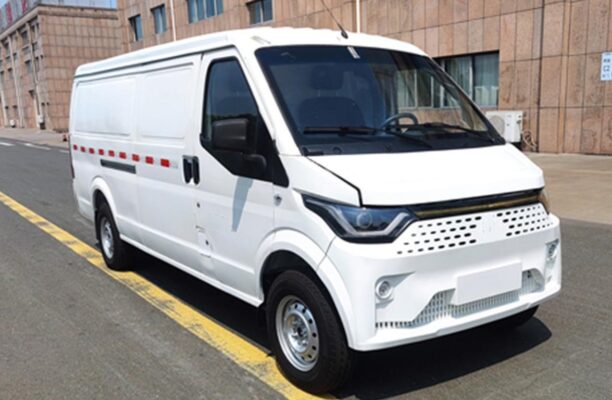
As a result, pure electric vehicles perform exceptionally well in acceleration and climbing. During acceleration, the immediate availability of high torque allows the vehicle to quickly reach higher speeds. This quick acceleration not only provides a more dynamic driving experience but can also be a safety advantage, for example, when merging onto highways or overtaking other vehicles. When climbing hills, the high torque output of the electric motor ensures that the vehicle can maintain a steady speed without struggling, even on steep inclines.
Furthermore, pure electric vehicles with strong power output often have a relatively smooth “gear – shifting” process. In fact, most electric vehicles use a single – speed transmission or a direct – drive system, eliminating the need for traditional multi – gear transmissions. This results in a seamless transition between different speeds, reducing driving discomfort and providing a more continuous and fluid driving experience.

5. Diversified Charging Methods
Another advantage of pure electric vehicles is the availability of diversified charging methods. This flexibility caters to the different needs and lifestyles of users. Home charging piles are a convenient option for many electric vehicle owners. They can charge their vehicles overnight while parked at home, taking advantage of off – peak electricity rates in some areas. This is especially convenient for daily commuting, as the vehicle can be fully charged and ready for the next day’s travel.
Public charging piles are also becoming increasingly common in urban areas, shopping centers, parking lots, and along highways. These public charging facilities provide an option for users to charge their vehicles when they are away from home. Additionally, fast – charging stations are being developed, which can significantly reduce the charging time. Although fast – charging may not be as convenient as home charging in all cases, it is extremely useful for long – distance travel or when a quick top – up is needed. The availability of these multiple charging methods gives users more freedom and confidence in using pure electric vehicles, improving the overall convenience of ownership.
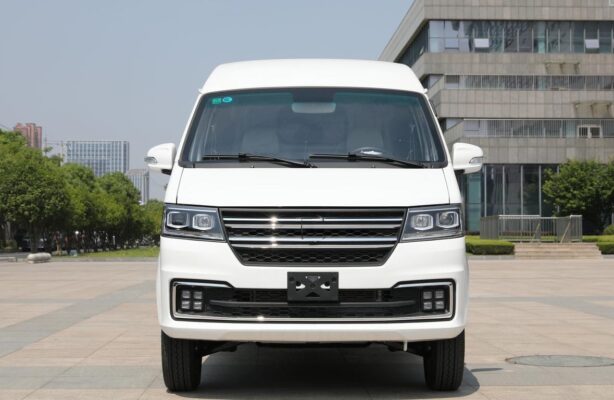
What are the shortcomings of pure electric vehicles?
1. Charging Time and Range Anxiety
One of the main challenges faced by pure electric vehicles is the relatively long charging time compared to the refueling time of traditional vehicles. While refueling a gasoline or diesel vehicle can be done in a matter of minutes, charging an electric vehicle can take several hours, especially with standard charging methods. This long charging time can be inconvenient, especially for users who need to make quick trips or are on long – distance journeys.
The range of pure electric vehicles is also a concern. Due to the current limitations of battery technology, the distance an electric vehicle can travel on a single charge is still relatively short compared to the range of a fully fueled traditional vehicle. This “range anxiety” can cause users to worry about running out of power during their travels, especially in areas where charging infrastructure is not readily available. It can limit the practicality of electric vehicles for long – distance travel and may require more careful trip planning.
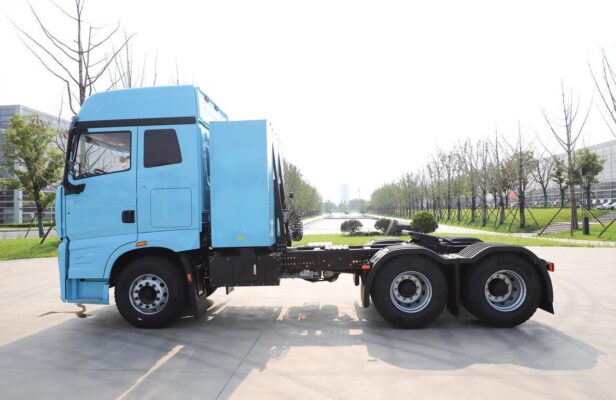
2. Insufficient Charging Facilities
The construction of pure electric vehicle charging facilities is still in a developing stage. The number and distribution of public charging piles are far from sufficient to meet the growing demand. In many areas, especially in rural or less – developed regions, the availability of public charging infrastructure is extremely limited. This lack of charging facilities not only restricts the mobility of electric vehicle owners but also acts as a deterrent for potential buyers who are concerned about being stranded without a place to charge their vehicles.
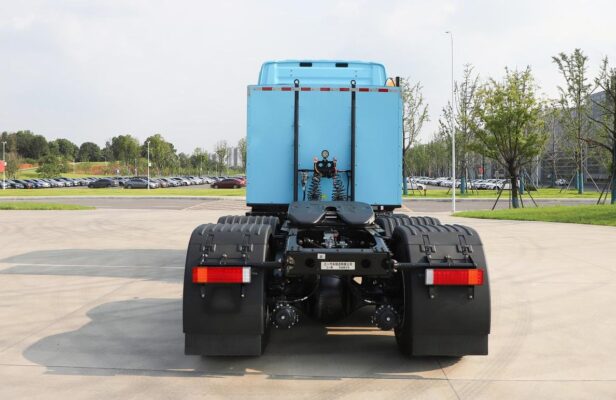
3. Battery Life and Recycling Difficulties
The battery components used in pure electric vehicles have a finite lifespan. Over time, the performance of the battery may degrade, resulting in a reduction in the vehicle’s range and overall performance. This battery degradation can be influenced by factors such as the number of charge – discharge cycles, temperature, and usage patterns.
Moreover, the technologies and facilities for battery recycling and reuse are still not fully developed. Battery recycling is crucial not only for environmental reasons but also for the economic viability of the electric vehicle industry. When batteries reach the end of their useful life, proper recycling can recover valuable materials such as lithium, cobalt, and nickel, reducing the need for new raw material extraction. However, currently, the processes for battery recycling are complex and costly, and there is a need for further improvement in this area to minimize the potential environmental impact of discarded batteries.
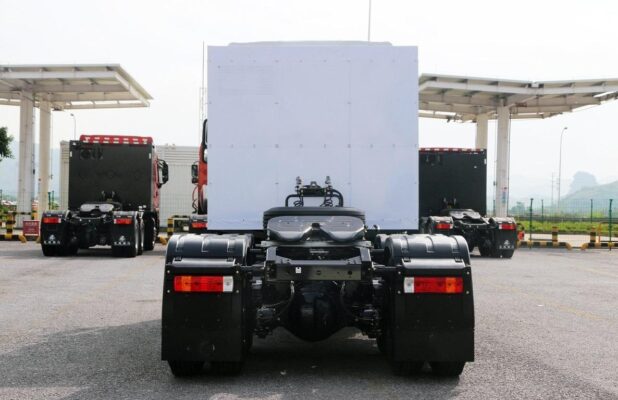
4. The Maturity of the Industrial Chain Needs to be Improved
Compared with the well – established industrial chain of traditional internal – combustion – engine vehicles, the pure electric vehicle industry chain is still relatively immature. Battery technology, although advancing rapidly, still has room for improvement in terms of energy density, cost, and lifespan. Electric drive systems also need further development to enhance performance and reliability.
Charging facilities, as mentioned earlier, are insufficient in number and distribution. Additionally, other aspects of the industry chain such as vehicle manufacturing quality control, after – sales service, and standardization also need to be refined. The lack of maturity in the industrial chain can lead to issues such as inconsistent product quality, higher costs, and a lack of confidence among consumers.
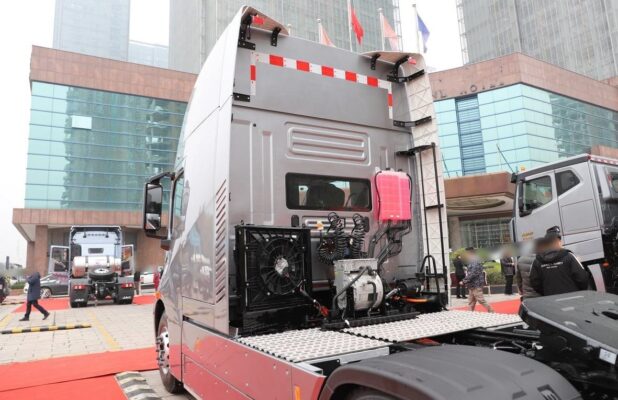
What is the future development prospect of pure electric vehicles?
Despite the existing shortcomings, pure electric vehicles have broad development prospects in the future. The increasing global awareness of environmental protection is a significant driving force. As people become more conscious of the negative impacts of air pollution and climate change, the demand for cleaner transportation options like electric vehicles is likely to grow. Governments around the world are also playing an active role in promoting the development of electric vehicles. They are implementing policies such as purchase subsidies to make electric vehicles more affordable for consumers. These subsidies can significantly reduce the upfront cost of buying an electric vehicle, making it a more attractive option.
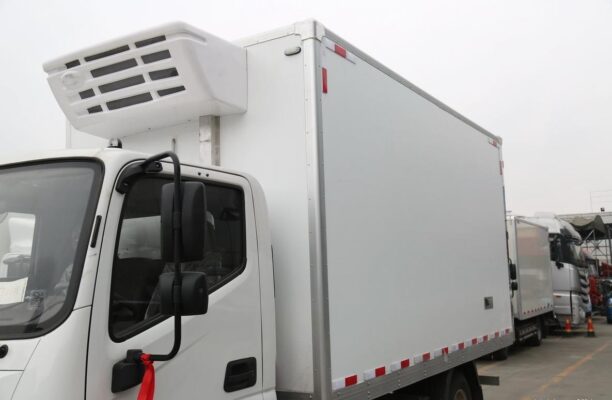
In addition to purchase subsidies, governments are also investing in the construction of charging facility infrastructure. This includes building more public charging piles in urban areas, along highways, and in other key locations. As the charging infrastructure becomes more widespread and accessible, the “range anxiety” associated with electric vehicles will gradually diminish.
The continuous improvement of battery technology is another crucial factor. Research and development efforts are focused on increasing battery energy density, which will lead to longer ranges for electric vehicles. At the same time, efforts are being made to reduce battery costs, improve battery lifespan, and develop more efficient and environmentally – friendly battery chemistries. These technological breakthroughs will make electric vehicles more competitive in terms of performance, cost, and reliability.
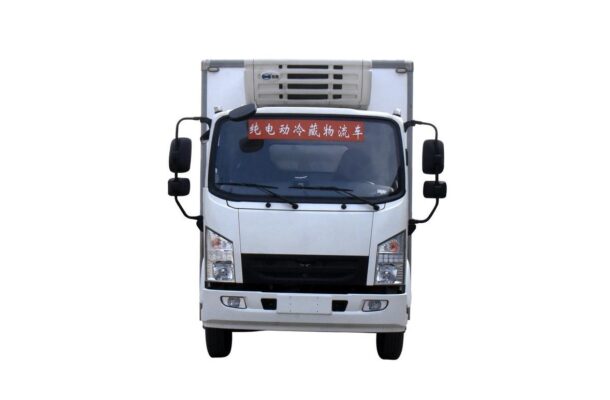
With further technological progress and cost reduction, pure electric vehicles will become more mature and reliable. They will be better able to meet people’s needs for environmental – friendly and efficient travel. In the future, electric vehicles are expected to play a major role in the transportation sector, potentially replacing traditional internal – combustion – engine vehicles as the mainstream means of transportation.
In conclusion, pure electric vehicles offer numerous advantages such as environmental protection, energy conservation, quiet operation, lower operating costs, excellent power performance, and diversified charging methods. Although they currently face challenges related to charging time, range, charging facilities, battery life, and industrial chain maturity, the future looks promising with the support of technological advancements and government policies.
评论
目前还没有任何评论
登录后才可评论.



